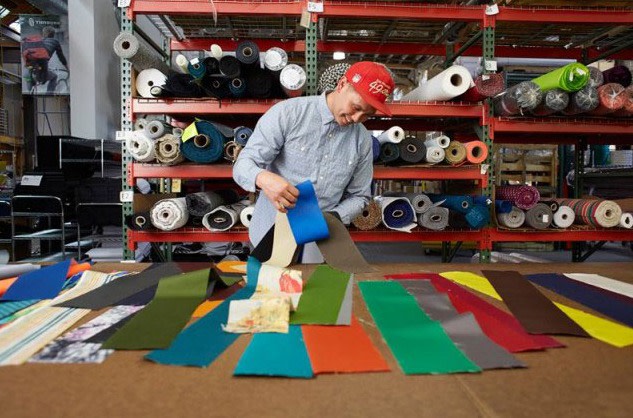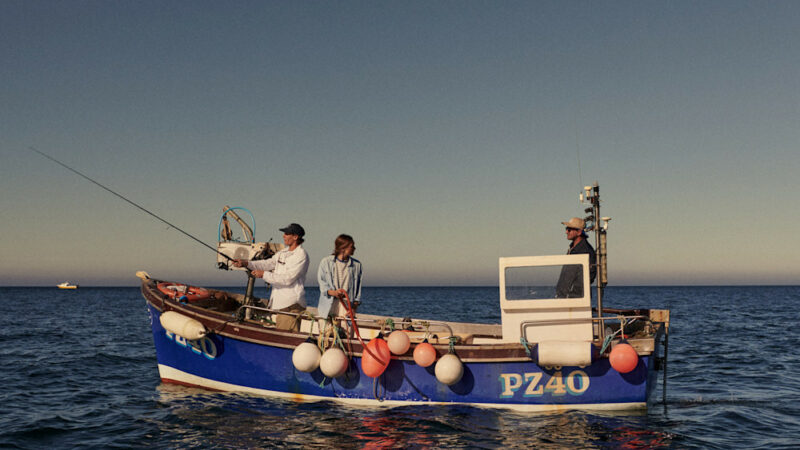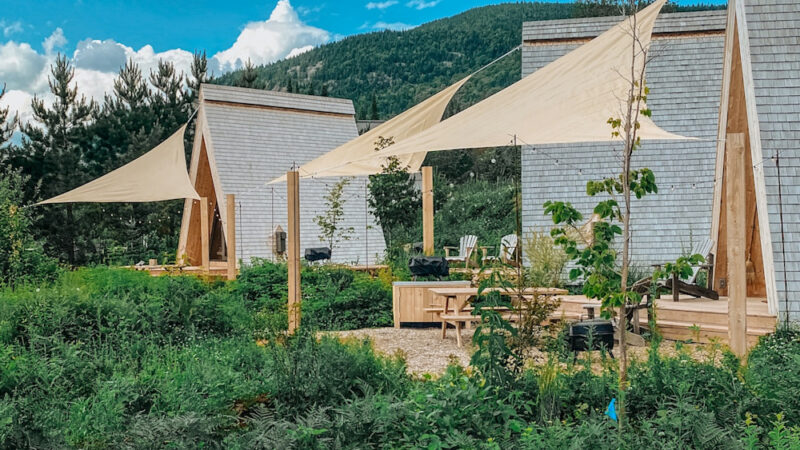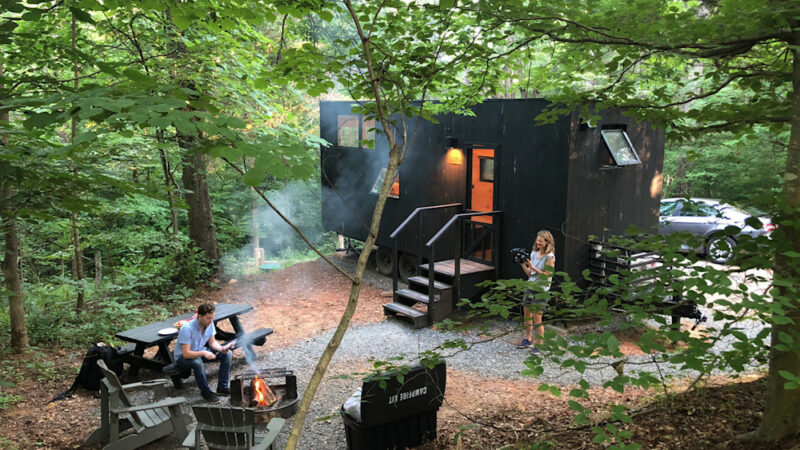An Outdoor Gear Lover’s Guide to Deadstock

Every year, more than 92 million tons of textiles end up wasted globally, a chunk of which includes perfectly good fabric left behind once apparel brands complete their full production runs. These leftovers often aren’t enough for another complete manufacturing cycle, but there’s still plenty of yardage to go around, especially for brands producing in small batches. As the sustainability and circularity movement catches on in the apparel industry, we’re seeing many outdoor gear brands scoop up deadstock—forgotten fabric scraps—and piece them together into one-of-a-kind, limited designs that we’d be lucky to get our hands on—a welcomed complement to the brands offering resell, repair, and upcycle programs.
In this article, I will break down the different definitions of deadstock, dive into how it’s being used in the outdoor industry, and share with you nine outdoor brands working deadstock into new collections. As a runner, climber, and hiker who likes to repair gear and sometimes make my own, I’m keen on companies finding creative solutions to reuse their scraps.
What Does Deadstock Mean?
The most common definition of deadstock is excess fabric in the form of rolls, bolts, and remnants that’s leftover at a fabric mill, design house, or garment factory. This can include fabric with small flaws or quality issues (like a pattern misprint), and it also includes unused surplus fabric. To lessen some of their waste, designers either put the materials back into the production cycle or sell it off through fabric stores and resale platforms—The Fabric Sales and Constrvctor are two—to other scrappy creatives. The price is typically discounted, and the fabric comes in smaller and inconsistent cuts and quantities. Home sewists like me also consider fabric cuts found in the “miscellaneous” aisle at the thrift store deadstock.
Source: https://www.fieldmag.com/articles/what-is-deadstock-outdoor-brand-collections







